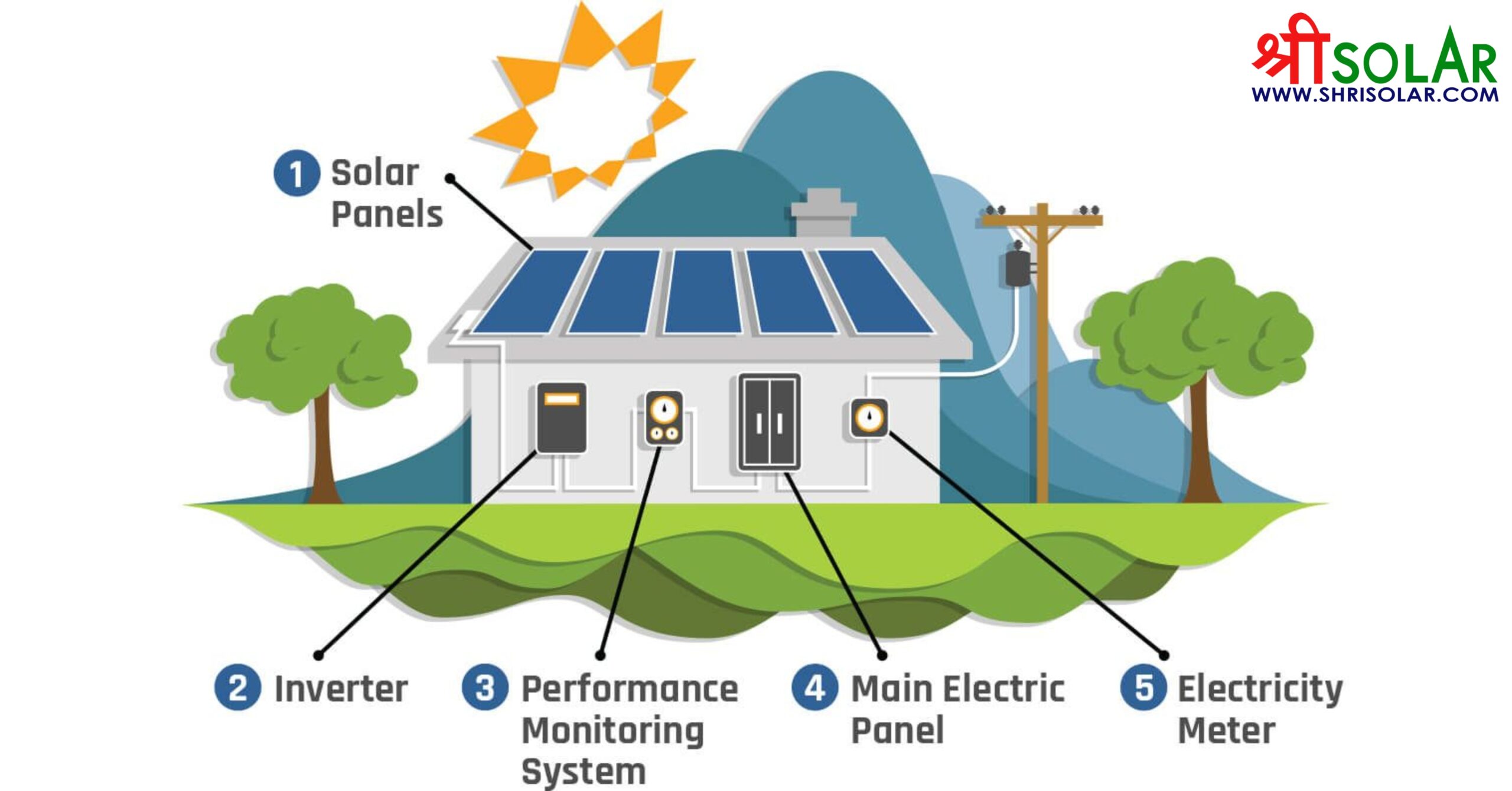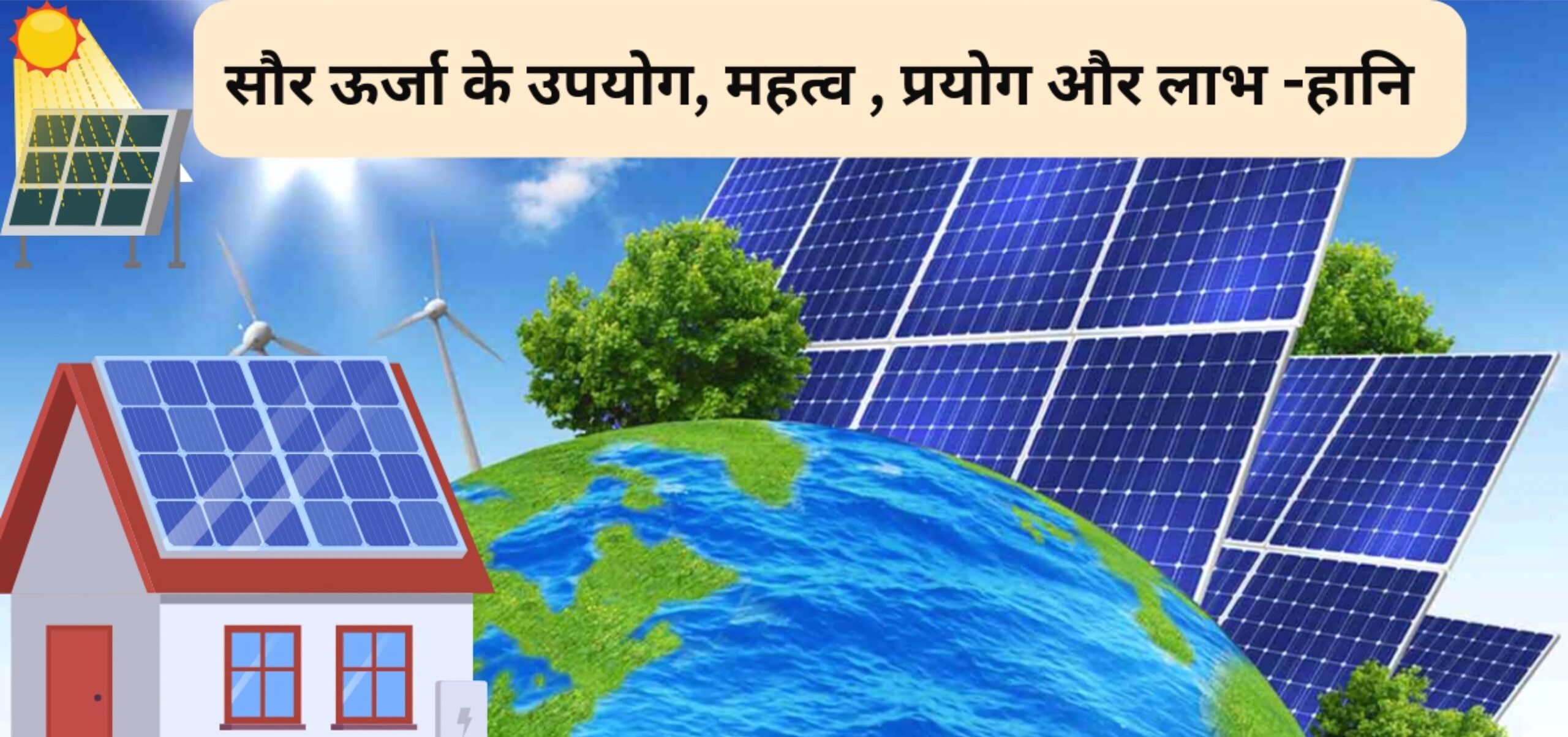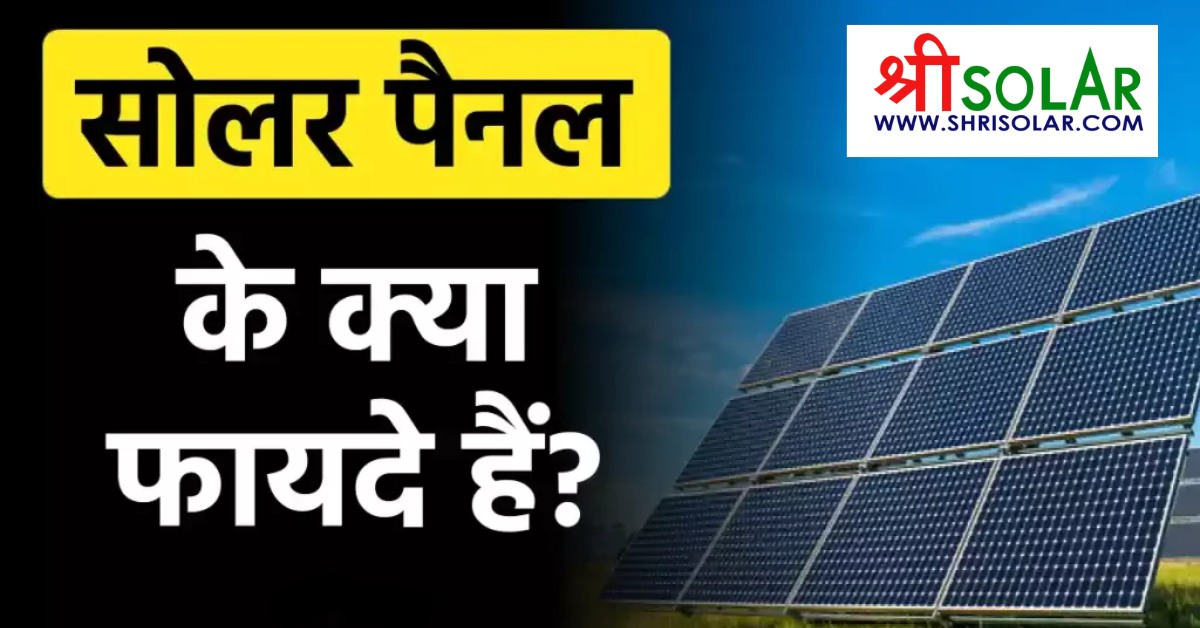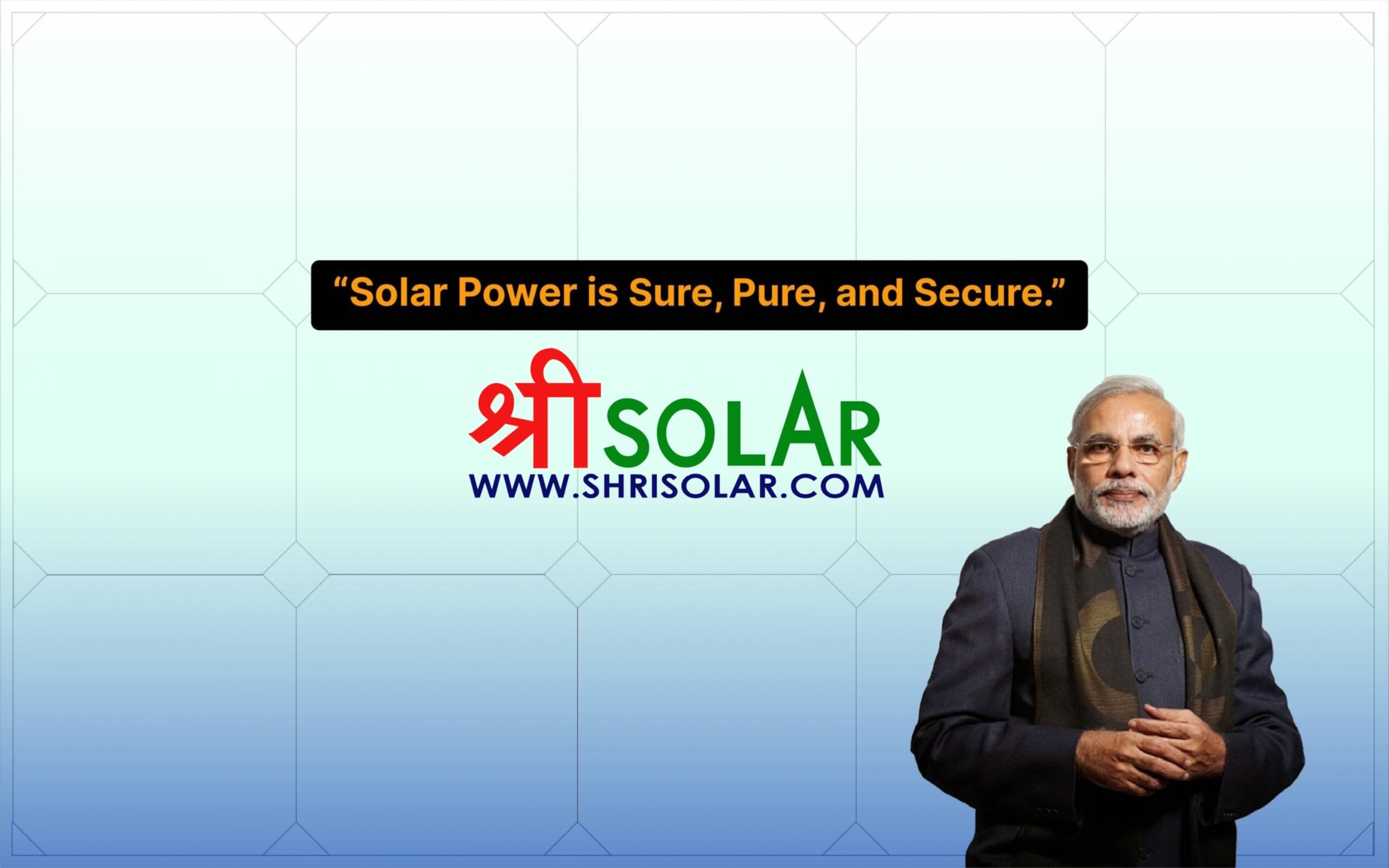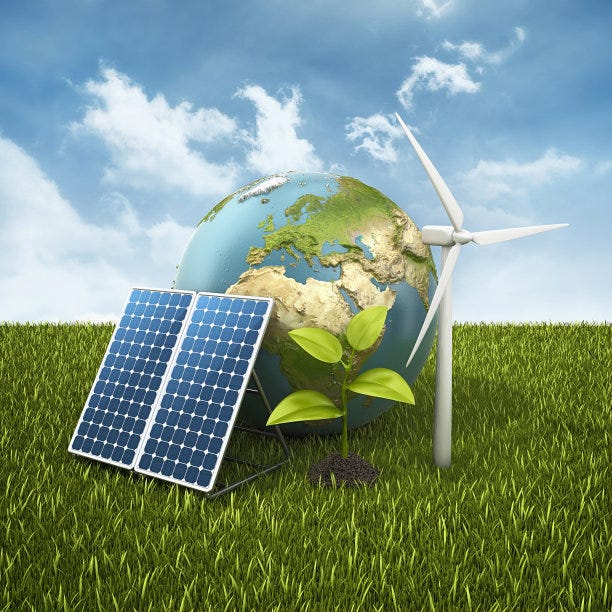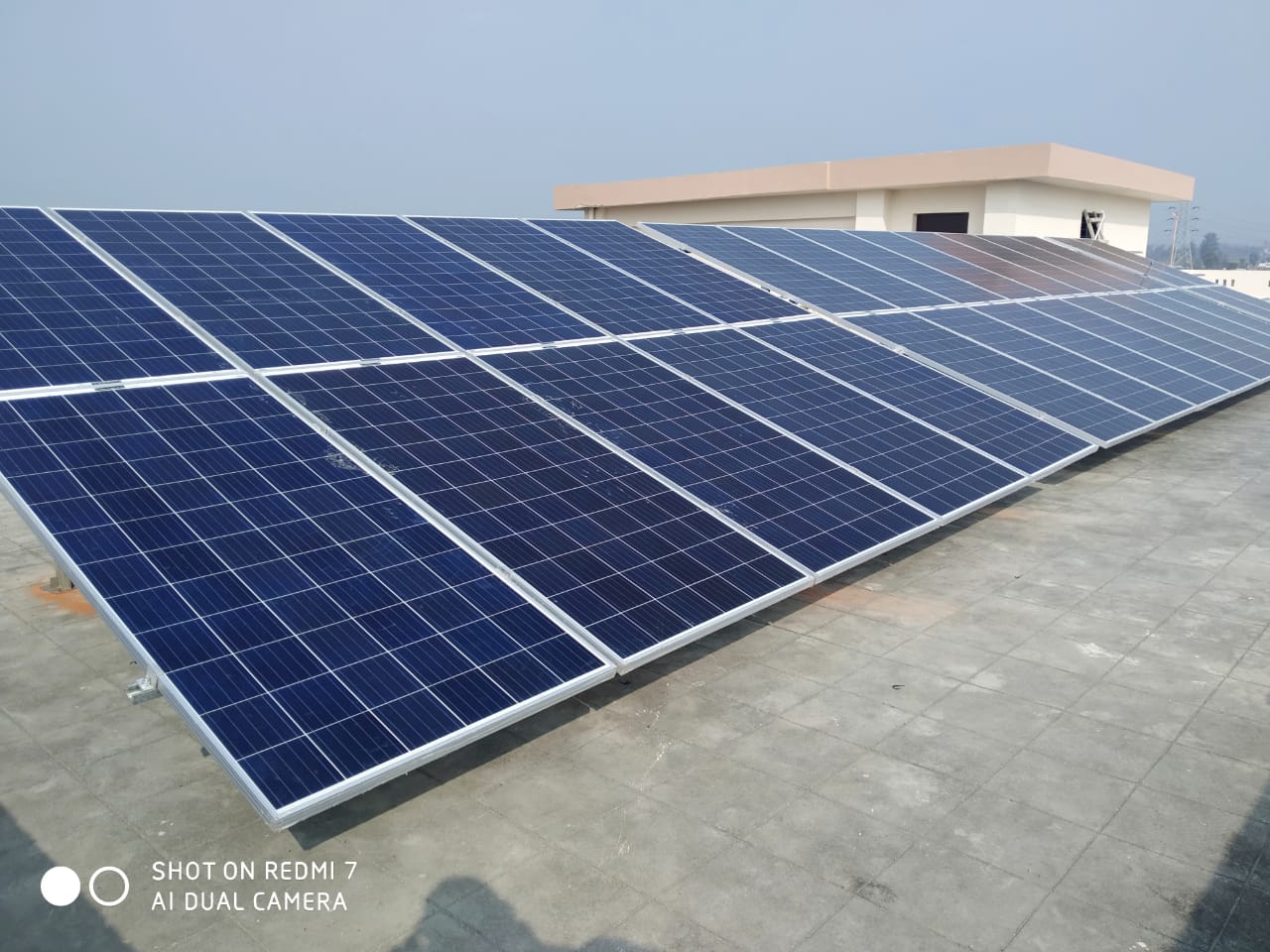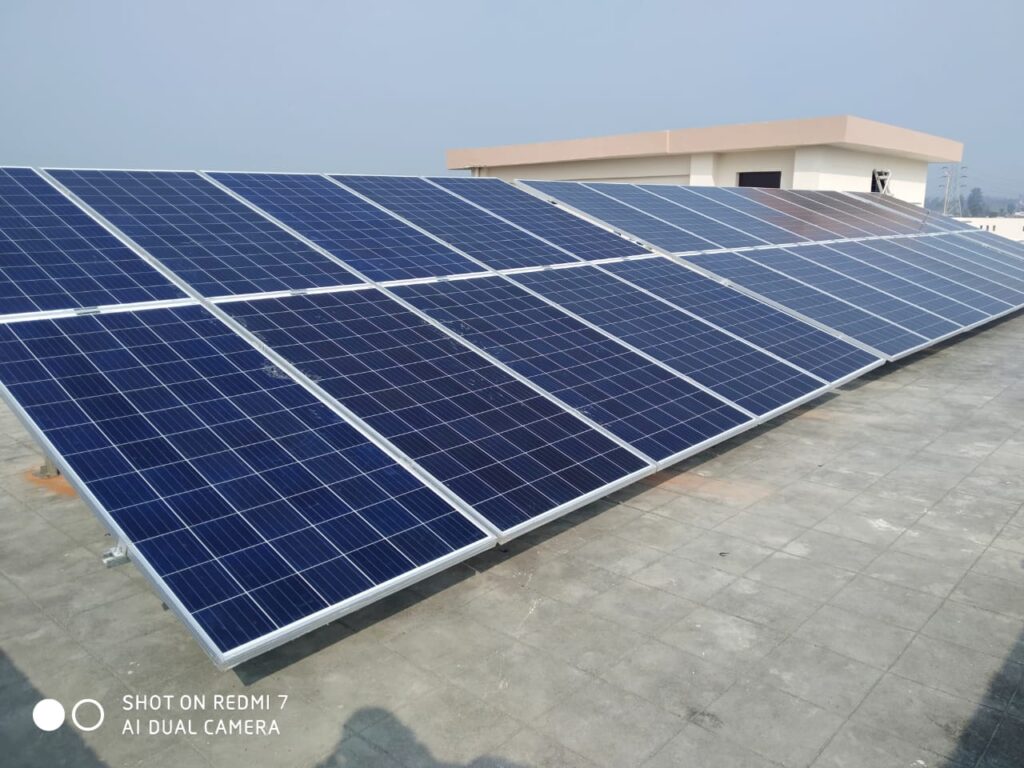As we live in the world where energy rates are constantly increasing, there is nothing more important than to stay as sustainable and cost-efficient as possible. One such solution which has received tremendous response is a solar panel system for home. As it not only saves the electricity bills but also plays an important role in protection of the environment because we are now avoiding the consequences of the carbon emissions.
If you are thinking about having an installed solar panel system in your house you are among the lucky few. An ever increasing number of people across the globe are installing solar electricity in their homes because of the long-term benefits and increasing acceptance of the technology by governments. In India itself, the relatively new PM Surya Ghar Yojna scheme is the prime encouragement that has made it easy and cheap for households to shift to solar powe.
What is a Solar Panel System for Home?
Solar energy can be harnessed in residential homes via a system of solar panels, PV panels, installed on the rooftops or open areas to convert sunlight into electrical energy. A typical system includes solar panels, an inverter, battery (for extra energy when sun is not hitting the solar panels), and a meter which measures how much energy being output and consumed.
The efficiency of a photovoltaic system begins with solar panels that capture solar energy and transforms it into a direct current (DC) electricity. The DC electricity is changed into AC electricity by an inverter, which is what most energy consuming devices use in a household. Any extra energy made can be kept in batteries or fed back to the grid if your setup is grid-connected.
Benefits of Installing a Solar Panel System for Your Home
- Reduced Electricity Bills: One of the biggest advantages of installing a solar panel system for home use is the substantial reduction in your electricity bills. Solar panels allow you to generate your own electricity, minimizing your dependence on the grid.
- Environmentally Friendly: Solar power is a clean and renewable source of energy. By installing solar panels, you are actively contributing to reducing greenhouse gas emissions, thus playing a vital role in combating climate change.
- Low Maintenance: Once installed, a solar panel system requires very little maintenance. Regular cleaning and occasional check-ups ensure that the system continues to function efficiently for years.
- Increased Property Value: Homes equipped with solar panel systems often see an increase in property value. Many buyers are looking for energy-efficient homes, and solar panels are a big plus.
- Government Incentives: Governments around the world, including India, offer incentives and subsidies to encourage the installation of solar panels. The PM Surya Ghar Yojna is a perfect example of such support.
PM Surya Ghar Yojna: A Boost to Solar Energy Adoption
To promote renewable energy and make it accessible to everyone, the Indian government launched the PM Surya Ghar Yojna. This scheme aims to provide financial assistance to homeowners for installing solar panel systems on their rooftops. By making solar power more affordable, the government is pushing towards its target of increasing the country’s solar capacity while also helping individuals reduce their electricity costs.
Key features of the PM Surya Ghar Yojna include:
- Subsidies on Solar Panels: The government offers subsidies that can cover a significant portion of the installation cost, making it easier for homeowners to afford solar panel systems.
- Loan Assistance: The scheme also provides access to low-interest loans, allowing families to install solar panels without a large upfront investment.
- Technical Support: The government provides technical guidance and support to ensure the smooth installation and functioning of solar panel systems.
By availing the benefits under PM Surya Ghar Yojna, more families can switch to solar energy, contributing to a cleaner and more sustainable future while reducing their dependence on non-renewable energy sources.
Factors to Consider Before Installing a Solar Panel System for Your Home
While installing a solar panel system for home use has numerous benefits, it’s essential to consider a few factors before taking the plunge:
- Location and Sunlight Exposure: The efficiency of solar panels depends on the amount of sunlight your location receives. Homes in areas with high solar exposure are ideal for installing solar systems.
- Roof Space: Ensure you have enough roof space to accommodate the number of solar panels needed to meet your energy requirements.
- Cost and Budget: Although the PM Surya Ghar Yojna provides financial assistance, it’s important to assess the overall cost, including installation and maintenance, and plan your budget accordingly.
- Energy Needs: Calculate your household’s energy consumption to determine the size and type of solar panel system you need. Larger systems will generate more electricity but may require a bigger investment.
- Grid Connection: Decide whether you want a grid-tied or off-grid solar system. A grid-tied system allows you to sell excess energy back to the grid, while an off-grid system offers independence from the power grid but requires battery storage.
Conclusion
Installing solar panels is a remarkable investment since it brings financial returns as well as improves living conditions for the environment. Further, over the years, these systems have gotten much more affordable with the aid of government schemes such as the PM Surya Ghar Yojna. In addition, you will help save the environment, as consumers of solar panels promote a cleaner planet. Today’s society is moving towards more sustainable energy sources and there is probably no better time than now to utilize the sun and help make the world a better place.

